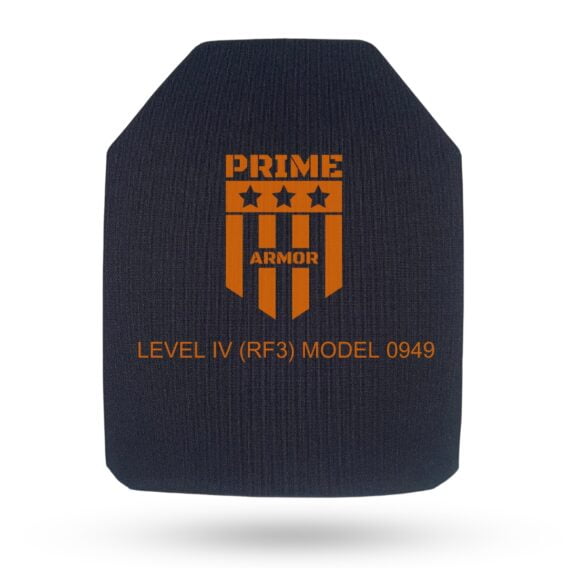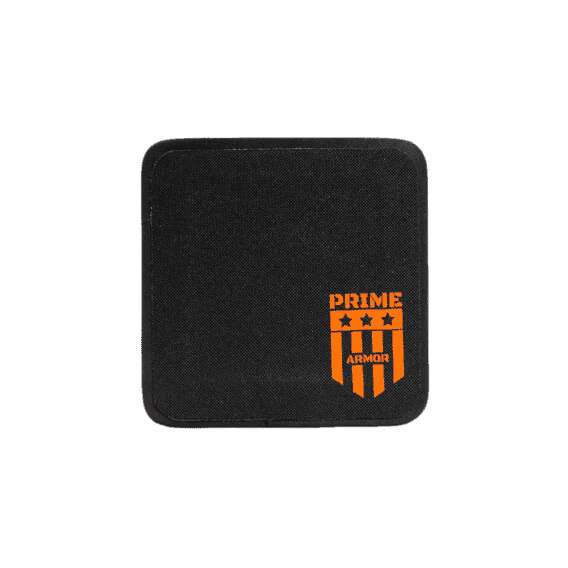- Quick ViewSelect options This product has multiple variants. The options may be chosen on the product page
Prime Armor Level IV (RF3) Model 0949
from: $40000
Quick ViewSelect options This product has multiple variants. The options may be chosen on the product pagePrime Armor Level IV (RF3) Model 1023
from: $23500
Quick ViewSelect options This product has multiple variants. The options may be chosen on the product pagePrime Armor Level IV Model (#1022) Side Plates (2pcs)
from:
$31500$29500Quick ViewSelect options This product has multiple variants. The options may be chosen on the product pagePrime Armor NIJ Level III GEN 2.0
from: $27900
Personal protective equipment is essential for Special Forces, Police and Interior Ministry personnel, military personnel and people who face life-threatening situations all the time. It’s hard to imagine them without special equipment.
In terms of application, body armor covers a very wide range of users, from the military, the police, and emergency services to private individuals in need of protection. Therefore, various types of body armor are used in practice today, which are classified not only by the type of weapon they can protect against, but also by the way they are worn, the level of injury and the materials used. The protection level of body armor also depends on the materials used in the manufacture of the armor plates.
The evolution of personal protective equipment has come a long way. From bulky models to lightweight, comfortable and safe elements. If you want to buy a bulletproof vest, you need to choose responsibly.
There are several types of body armors:
- Special Tactics Plate Carriers;
- Covert Bulletproof Vests;
- Concealable Vests;
- Concealable Armored Clothes.
A special polymer called Kevlar is used in the manufacture of concealed-type bullet-proof waistcoats. The main characteristic of the material is its high degree of energy absorption. The product has a simple design. The protective parts of the chest and the back are joined at the sides. The more advanced versions consist of armor plates that reduce the degree of impact as much as possible.
Is it necessary for police to wear body armor?
It should be said right away that not all police departments are required to wear bulletproof vests. But those involved in dangerous operations, dispersing rallies and even patrolling must wear body armor. The difference is the level of protection.
Body armors, as heavy as bags of cement, become a safety hazard in extremely dangerous situations such as terrorist attacks or rampages. Modern vests provide maximum protection with low weight and maximum freedom of movement. The plate holders should be made of abrasion-resistant polyamide. Ballistic protection plates are made of high-density polyethylene.
What kinds of body armor should the police wear?
The type of vest depends on what kind of work a police officer does:
- understand the difference between heavy and light armor;
- know what classifications of protection are available;
- armor with plates has more weight and reduces mobility.
Lightweight body armor consists of fabrics that can stop a projectile and reduce the impact force. It is a reinforced fiber or an analog of woven poly-fiber wetted with resin. It can stop a bullet or shoot up to the 12th caliber. Heavy protective equipment for units such as Special Forces uses special plates made of metal, ceramic or polyethylene. Keep in mind that the plates are sensitive to mechanical effects, so care must be taken when transporting them.
What is the difference between the SWAT and the police body armor?
SWAT or counter-terrorism units take on the role of defenders when the police fail. Although they have the same tasks, the level of danger and risk differs, during specialized missions. Accordingly, to perform tasks of increased complexity mercenaries simply need protection, as similar as possible to the military equipment. When it comes to plates for body armor, the best option would be NIJ Level 3 or 4. There is an opinion that the disadvantage of ceramic plates is their fragility. This is false, as evidenced by the widespread use of ceramic plates in the United States. They are practical and functional and have much less weight than metal plates. The technological process prescribes that the ceramic plate is wrapped in a special protective cover, which adds almost no extra weight to the vest, but increases the reliability of the ceramic plate.
Which body armor to choose for the police?
The first thing to pay attention to is the purpose of the police officer and the purpose of the body armor. It is necessary to consider the task a person performs and the risks they take, and accordingly choose the type of armor, because it is always a matter of power and mobility. When purchasing body armor, in addition to the required protection level, you also need to consider the weight of the product, which significantly affects its price and application capabilities.

















